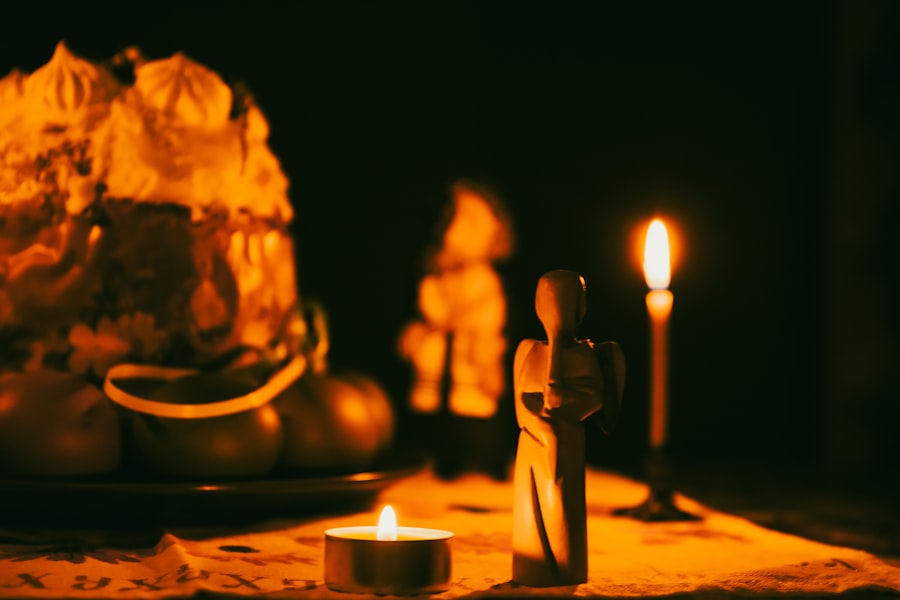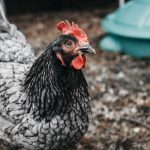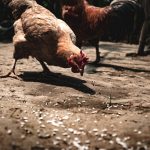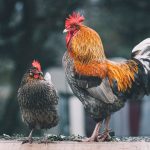Feathers are essential for bird insulation, particularly during winter. Their structure traps air, creating an insulating layer that retains body heat. The intricate network of barbs and barbules prevents air from escaping, while oil from the preen gland waterproofs the feathers, enhancing their insulating properties.
This combination of air-trapping and waterproofing makes feathers highly effective insulators for birds in cold environments. Birds possess various types of feathers with specific insulation functions. Down feathers, soft and fluffy in nature, provide excellent insulation by trapping large amounts of air close to the bird’s body.
Contour feathers, more rigid in structure, streamline the bird’s body and reduce heat loss through air resistance. The interplay of these different feather types enables birds to regulate their body temperature and maintain warmth in diverse environmental conditions. Feathers represent a remarkable evolutionary adaptation that allows birds to thrive in cold climates by providing the necessary insulation for survival.
Table of Contents
Key Takeaways
- Feathers provide excellent insulation for birds, helping them regulate their body temperature in various weather conditions.
- Birds puff up their feathers to create a layer of air between the feathers and their body, providing additional insulation.
- Roosting together in groups helps birds conserve body heat and stay warm during cold nights.
- Birds seek sunlight to warm up and regulate their body temperature, especially in the morning.
- Fluffing and shaking their feathers helps birds to redistribute oils and maintain insulation properties.
- Birds utilize body fat as an energy reserve to stay warm during cold weather.
- Seeking shelter in trees, bushes, or other protected areas helps birds stay out of harsh weather conditions.
Puffed-Up Posture
Trapping Warm Air with Puffed-Up Feathers
One of the most fascinating behaviors exhibited by birds in cold weather is their ability to puff up their feathers to create additional insulation. When birds puff up, they increase the amount of air trapped within their feathers, effectively creating a thicker layer of insulation. This behavior is particularly noticeable in small songbirds, which can appear significantly larger when puffed up.
Reducing Heat Loss and Conserving Body Heat
By increasing their apparent size, birds can reduce the surface area-to-volume ratio, minimizing heat loss and conserving body heat. In addition to providing extra insulation, the puffed-up posture also helps birds to stay warm by trapping a layer of warm air close to their bodies. This behavior is often accompanied by tucking their beaks into their feathers and hunching their shoulders to further minimize heat loss.
A Remarkable Adaptation for Survival
By adopting this posture, birds can maintain their body temperature and survive in cold weather conditions. Overall, the ability to puff up their feathers is a remarkable adaptation that allows birds to conserve energy and stay warm during the winter months.
Roosting Together

Another strategy that birds use to stay warm in cold weather is roosting together in large groups. By huddling together, birds can share body heat and collectively stay warmer than if they were alone. This behavior is particularly common among species of birds that migrate to colder regions during the winter months.
For example, many species of waterfowl gather in large flocks on open water, where they can roost together and benefit from each other’s body heat. In addition to sharing body heat, roosting together also provides birds with a sense of safety and security. By staying in close proximity to one another, birds can alert each other to potential threats and predators, enhancing their overall survival chances.
This communal roosting behavior is a testament to the social nature of many bird species and their ability to adapt to challenging environmental conditions. Overall, roosting together allows birds to stay warm, safe, and connected with their fellow flock members during the cold winter months.
Seeking Sunlight
During the winter months, when daylight hours are shorter and temperatures are colder, birds often seek out sunlight as a way to stay warm. Sunlight provides birds with a natural source of warmth and energy, helping them to regulate their body temperature and maintain their metabolic functions. Many bird species will actively seek out sunny spots, such as open fields or tree branches with direct sunlight exposure, to bask in the warmth of the sun’s rays.
In addition to providing warmth, sunlight also plays a crucial role in vitamin D synthesis for birds. Exposure to sunlight triggers the production of vitamin D in the skin, which is essential for calcium metabolism and overall health in birds. By seeking out sunlight during the winter months, birds can ensure that they have access to this vital nutrient, which may be limited in their diet during colder seasons.
Overall, the behavior of seeking sunlight allows birds to stay warm, energized, and healthy during the winter months.
Fluffing and Shaking
In addition to puffing up their feathers, birds also engage in fluffing and shaking behaviors to stay warm in cold weather. Fluffing involves ruffling and separating the feathers to increase the amount of air trapped within them, while shaking helps to realign the feathers and remove any moisture or debris that may have accumulated. Both of these behaviors are essential for maintaining the insulating properties of feathers and regulating body temperature.
Fluffing and shaking also serve as a form of grooming for birds, helping them to keep their feathers in optimal condition for insulation and flight. By regularly fluffing and shaking their feathers, birds can remove dirt, parasites, and excess moisture that could compromise their insulating abilities. This grooming behavior is particularly important during the winter months when maintaining proper feather insulation is crucial for survival.
Overall, fluffing and shaking are essential behaviors that allow birds to stay warm, clean, and well-insulated in cold weather.
Utilizing Body Fat

Building Up Fat Reserves
Birds employ a vital strategy to stay warm in cold weather by utilizing body fat as an energy source. To achieve this, they actively seek out high-energy foods such as seeds, nuts, and suet to build up fat reserves. These reserves can be used as a fuel source during periods of cold weather or food scarcity. By increasing their body fat stores, birds can generate metabolic heat through the process of fat metabolism, helping them to maintain their body temperature in cold environments.
Fat as Insulation
In addition to providing energy for thermoregulation, body fat also serves as an insulating layer that helps birds retain heat. Fat deposits under the skin provide an additional barrier against heat loss and help to keep birds warm during the winter months. This adaptation allows birds to survive prolonged periods of cold weather and food scarcity by relying on their fat reserves for energy and insulation.
A Crucial Strategy for Winter Survival
Overall, utilizing body fat is a crucial strategy that enables birds to stay warm and energized during the winter months. By building up fat reserves and relying on them for energy and insulation, birds can survive and thrive in cold environments, making this adaptation a vital component of their winter survival strategy.
Seeking Shelter
Finally, seeking shelter is a key behavior that allows birds to stay warm and protected from the elements during the winter months. Birds will seek out natural shelters such as dense foliage, tree cavities, or rock crevices, as well as human-made structures like birdhouses or barns, to find refuge from cold winds, precipitation, and extreme temperatures. By finding sheltered locations, birds can conserve energy and maintain their body temperature more effectively.
In addition to providing protection from the elements, seeking shelter also helps birds avoid potential predators and reduce stress levels during challenging weather conditions. By finding secure locations to rest and roost, birds can conserve energy and focus on thermoregulation without expending unnecessary resources on vigilance or defense. Overall, seeking shelter is a vital behavior that allows birds to stay warm, safe, and resilient in the face of winter weather challenges.
In conclusion, birds have evolved a remarkable array of adaptations and behaviors that allow them to stay warm during the cold winter months. From utilizing feathers as insulation to seeking out sunlight and shelter, birds have developed sophisticated strategies for thermoregulation and survival in challenging environmental conditions. By understanding these behaviors and adaptations, we can gain a greater appreciation for the resilience and resourcefulness of our avian counterparts as they navigate the winter season.
If you’re wondering how chickens keep warm in winter, you may also be interested in learning about the best location for a chicken coop. According to Poultry Wizard, the placement of a chicken coop can greatly impact the birds’ ability to stay warm during the colder months. To find out more about where to put a chicken coop, check out this article.
FAQs
How do chickens keep warm in winter?
Chickens keep warm in winter by fluffing up their feathers to create an insulating layer of air. They also huddle together in groups to share body heat.
Do chickens need additional heat in the winter?
In most cases, chickens do not need additional heat in the winter. Their natural insulation and ability to huddle together is usually sufficient to keep them warm.
What should I do to help my chickens stay warm in winter?
To help your chickens stay warm in winter, provide them with a draft-free and dry coop. You can also add extra bedding for insulation and ensure they have access to fresh water and food.
Can chickens get frostbite in the winter?
Yes, chickens can get frostbite in the winter, especially on their combs, wattles, and feet. It is important to monitor them for signs of frostbite and take measures to prevent it, such as applying petroleum jelly to their combs and wattles.
What breeds of chickens are best suited for cold climates?
Breeds such as the Plymouth Rock, Orpington, and Wyandotte are known for their cold-hardiness and are well-suited for cold climates. These breeds have smaller combs and dense feathering, which helps them stay warm in winter.
Meet Walter, the feathered-friend fanatic of Florida! Nestled in the sunshine state, Walter struts through life with his feathered companions, clucking his way to happiness. With a coop that’s fancier than a five-star hotel, he’s the Don Juan of the chicken world. When he’s not teaching his hens to do the cha-cha, you’ll find him in a heated debate with his prized rooster, Sir Clucks-a-Lot. Walter’s poultry passion is no yolk; he’s the sunny-side-up guy you never knew you needed in your flock of friends!








